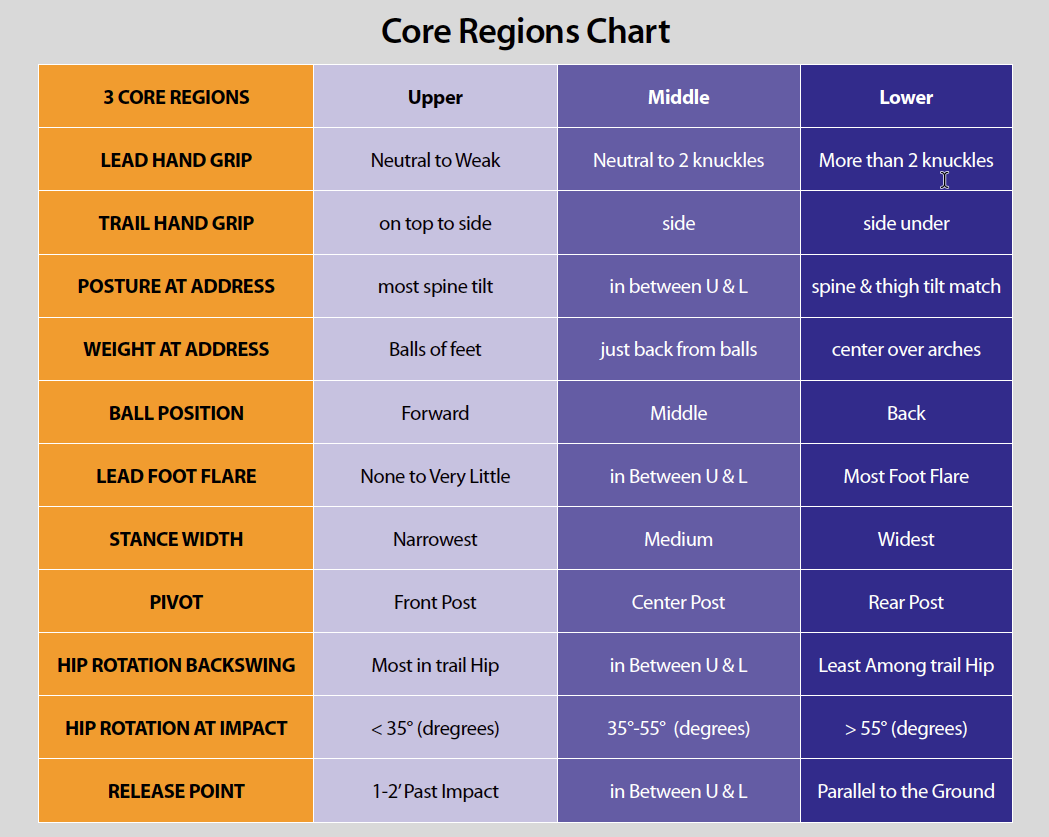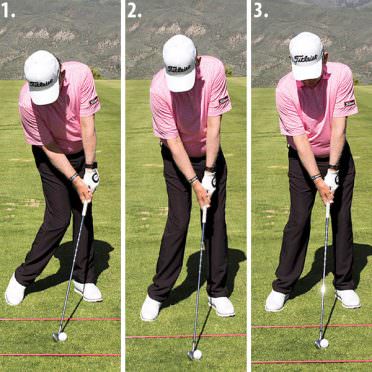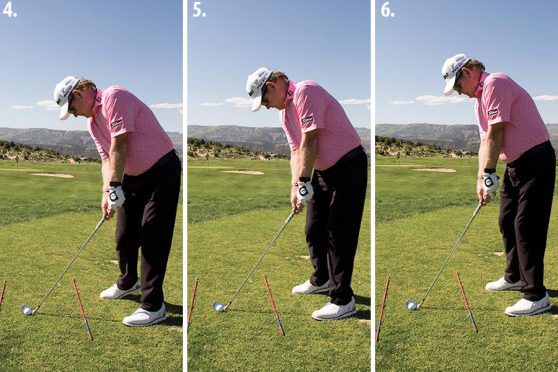Fixing the Chicken Wing with Pro Golfer Marisa Messana
Golftec’s Nick Clearwater Takes Marisa Through a Lesson
What kind of core player are you? There are basically three major models of the golf swing that 90 percent of golfers fit into: upper, mid, and lower core players. This is based on research by Top 100 Teacher Dr. David Wright, along with insight from 2016 PGA Teacher of the Year Mike Adams and Top 100 Teacher E.A. Tischler. The upper core is from the roof of your mouth to your sternum, mid core is from your sternum to your navel, and lower core is from your navel to your pelvic floor. Here are some characteristics of each core region as it relates to set-up, pivot, impact alignments and release point. There are some outliers but most players fit into one of these three dominant core regions.

I want to get students to really understand the characteristics of their dominant core region, so they understand what will work for them, and then what they need to “feel,” to hit the ball more consistently and toward their target. I want them to understand what their ball flight is telling them, and to realize what happened at impact in regard to the clubface and path of the club. Then they will better diagnose what they need to change on the next swing, to hit the shot they desire. Every golfer needs to understand the little tweaks needed to get the clubface where they want to at impact—especially during a round.

The upper core player will have the most trail hip rotation on the back swing, pivot around the front leg, and have the least amount of rotation in the hips at impact. I’m at the top of the upper core and have less than 15 degrees of hip rotation at impact. I also stand up and come out of posture at impact, which is ok for an upper core player. My trail arm and hand will straighten and release 1-2 feet past impact. The grip must match the hip rotation at impact so a Neutral to Weak lead-hand grip works best for the upper core player.
The mid core player will be in between the upper and lower core player with their hips rotated approximately 45 degrees at impact. They will have a center pivot on the backswing and release 3-4’ past impact.
The lower core player will have the least amount of hip rotation on the back swing, have the most lateral motion, and pivot around the rear leg. They will have the most lateral and rotary motion on the forward swing, and their hips will be greater than 55 degrees rotated at impact, staying in posture. Their trail arm will not straighten, in some cases, until parallel to the ground past impact. Player needs the strongest lead-hand grip here.

Larry Rinker is the PGA Director of Instruction at the Red Sky Golf Academy in Wolcott (June-September) and at The Ritz-Carlton Golf Club, Orlando (October-May). His latest ebook, Rinker’s 5 Fundamentals, 3rd Edition is available at larryrinker.com. For lessons, contact him at [email protected] or 407-810-7489.
Colorado AvidGolfer is the state’s leading resource for golf and the lifestyle that surrounds it, publishing eight issues annually and proudly delivering daily content via coloradoavidgolfer.com.
Golftec’s Nick Clearwater Takes Marisa Through a Lesson
Three Colorado kids took on the world at the 2024 Drive, Chip and Putt Championship at Augusta National
Scotland’s Old Course, North Berwick, Carnoustie and other greats are accessible with planning, luck and a spirit of adventure